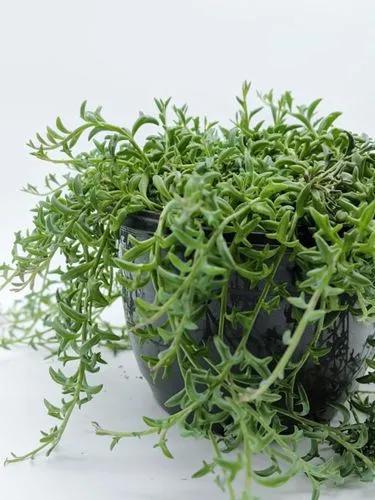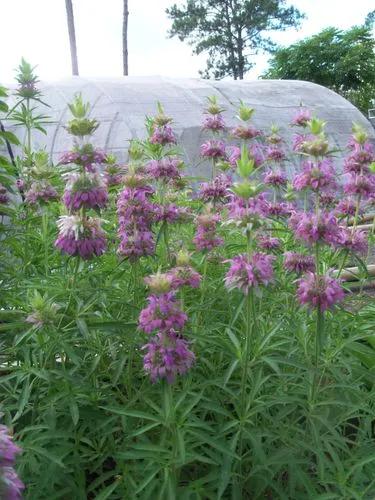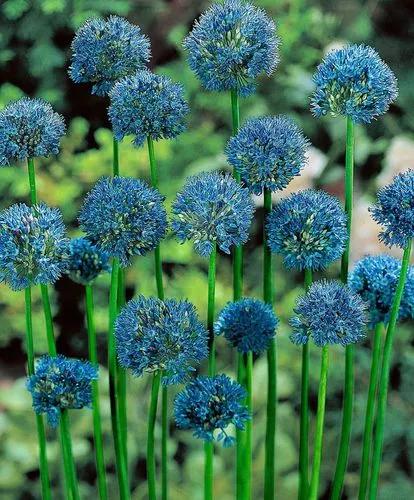Low, fleshy, branching beach plant with pale lavender flowers. This annual, found on the ridge of wind-blown sand behind the high-tide line of beaches, gets its common name from the rocket-like shape of the seed pods. The succulent young stems and leaves have a pungent taste, somewhat like horseradish.
Cakile Edentula Care
Cakile Edentula



How to Care for the Plant

Water

Cakile Edentula ‘American Searocket’ can be quite beautiful when it is well-taken care of. This succulent type needs typical watering as the other succulents. The watering method is very important to keep your American Searocket healthy. It should not sit on the water, and an excess amount of water should be avoided. The best way of watering is soak and dry method this succulent. Yet, the succulent should be controlled to avoid overwatering.

Sunlight

Cakile Edentula 'American Searocket' succulents need strong light. When planting this succulent type in a garden, make sure it gets sunlight. Full to partial sun is the best for its growth. It is better to grow outdoor rather than indoor.

Soil

Suitable pH: acid, neutral and basic (alkaline) soils. It cannot grow in the shade. It prefers dry or moist soil.

Temperature

6.6–16.6 °C

Additional

Low, fleshy, branching beach plant with pale lavender flowers. This annual, found on the ridge of wind-blown sand behind the high-tide line of beaches, gets its common name from the rocket-like shape of the seed pods. The succulent young stems and leaves have a pungent taste, somewhat like horseradish.

Popularity

98 people already have this plant 6 people have added this plant to their wishlists
Discover more plants with the list below
Popular articles






